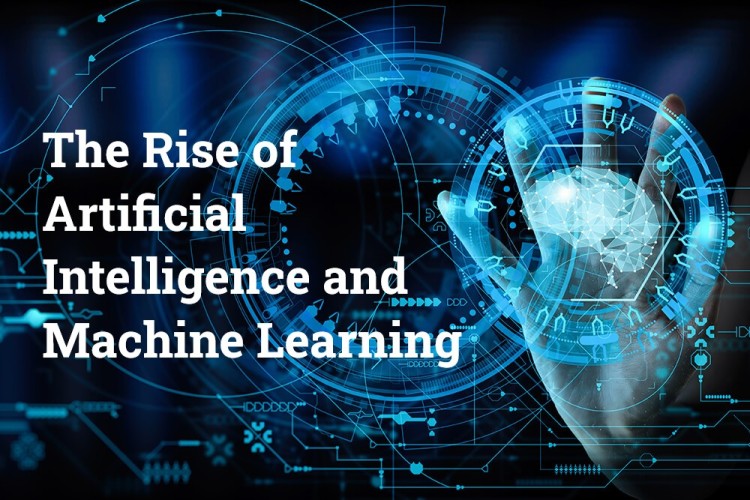The Rise of Artificial Intelligence and Machine Learning

The evolution of technology is one of the most significant products of human intelligence. It has brought about significant changes in our daily lives, affecting transportation, appliances, entertainment, and even the way we communicate. This evolution is an ongoing process that continues to shape and reshape the way we live.
Artificial Intelligence (AI) and Machine Learning (ML) are two main components of technology that share a significant relationship with it. They are subsets of computer science that focus on creating system algorithms and functions to perform tasks that typically require human intelligence. Despite their similarities, there are substantial differences between the two, as outlined below.
ARTIFICIAL INTELLIGENCE (AI)
- AI aims to exceed human capabilities in tasks, discovery, and reasoning. It serves as the foundation of Machine Learning, guiding it in tasks such as natural language processing, computer vision, and motion analysis.
- AI is a simulation of human actions and cognition created using machines. Its primary goal is to develop programs capable of solving real-world problems, such as those encountered in manufacturing, business processes, and data analysis.
MACHINE LEARNING (ML)
- Machine learning is a subset of AI that focuses on making informed decisions based on available information. It provides accurate predictions and decisions derived from given data without explicit programming. It emphasizes the development of algorithms that can learn from data and improve their performance over time. In essence, it involves training a computer to perform tasks with minimal error, analogous to how neurons work in the human brain.
Here are some examples of how AI and ML are applied in our daily activities:
- Smartphones: AI facilitates facial recognition for unlocking your phone and suggests apps or words when you type.
- Social Media: ML algorithms curate content you are likely to enjoy, recommend posts, and filter out spam.
- Streaming Services: AI recommends movies and shows based on your past viewing history.
- Virtual Assistants: Siri, Alexa, and Google Assistant use AI to answer questions and carry out tasks.
- Online Shopping: AI suggests products you might like, while ML helps detect fraudulent transactions.
- Navigation Apps: GPS apps like Google Maps use AI to find the fastest routes and avoid traffic.
- Email: AI can filter out spam emails and suggest replies to your messages.
- Healthcare: ML assists doctors in analyzing medical images such as X-rays and MRIs.
- Finance: AI assesses credit risks, detects fraud in transactions, and predicts stock market trends.
- Customer Support: Chatbots employ AI to answer questions and resolve issues on websites.
The rise of AI and ML is profoundly impacting society. These technologies are creating new job opportunities, disrupting existing industries, and reshaping the way we live and work. It is crucial to develop and implement responsible AI and ML practices to ensure these technologies benefit society. We must ensure that AI and ML systems are fair, transparent, and accountable. Public education about AI and ML is also essential so that everyone can understand and derive benefits from these technologies.
Add new comment
- 204 views
